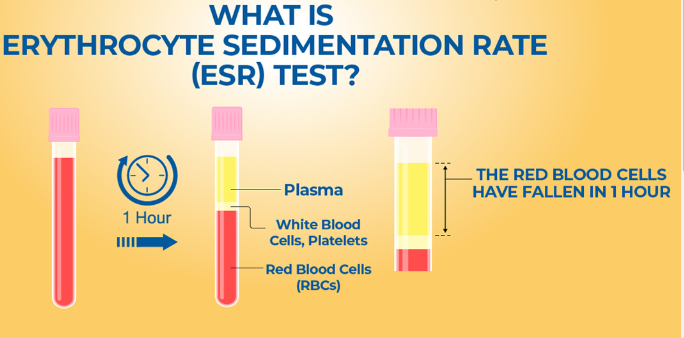Introduction
Fibromyalgia is a chronic condition characterized by widespread pain, fatigue, cognitive dysfunction, and sleep disturbances. While it is now recognized as a legitimate medical disorder, its origins remain a subject of debate among researchers and healthcare professionals.
The search for fibromyalgia’s origins spans multiple disciplines, including neurology, rheumatology, genetics, psychology, and immunology. Some theories suggest that fibromyalgia has ancient roots, while others propose that it is a modern syndrome influenced by stress, lifestyle changes, and environmental factors.
This article explores the historical, biological, and scientific origins of fibromyalgia, examining the earliest medical descriptions, genetic links, environmental influences, and emerging research that seek to explain this complex disorder.
Early Historical Accounts of Fibromyalgia-Like Symptoms
Historical texts dating back centuries describe chronic pain conditions similar to fibromyalgia.
- Ancient Greek and Roman medical writings mention conditions involving widespread muscle pain and fatigue.
- Hippocrates (460–370 BCE) described unexplained muscle pain and stiffness, conditions that resemble modern fibromyalgia.
- European medical records from the 17th and 18th centuries document cases of chronic musculoskeletal pain with no clear cause.
Though these historical descriptions lack the modern understanding of fibromyalgia, they suggest that similar conditions have existed for centuries.
Fibromyalgia’s Connection to Muscular Rheumatism
In the 19th century, doctors began using the term “muscular rheumatism“ to describe patients experiencing:
- Widespread muscle pain
- Joint stiffness
- Fatigue and weakness
This condition closely resembles fibromyalgia, but at the time, it was believed to be caused by inflammation, which differs from today’s understanding of the disorder.
The Evolution of the Term “Fibromyalgia”
- 1904 – British physician Sir William Gowers introduced the term “fibrositis”, believing the pain was due to inflammation of fibrous tissues.
- 1976 – Dr. Hugh Smythe rejected the inflammation theory and renamed the condition fibromyalgia, combining the Latin words:
- “Fibro” (fibrous tissue)
- “My” (muscles)
- “Algia” (pain)
This marked a shift from viewing fibromyalgia as an inflammatory disorder to recognizing it as a neurological condition involving abnormal pain processing.
Genetic Origins: Is Fibromyalgia Hereditary?
Several studies suggest that fibromyalgia has a genetic component:
- People with a first-degree relative who has fibromyalgia are 8 times more likely to develop the condition.
- Specific gene mutations affecting serotonin, dopamine, and pain regulation may play a role.
- Fibromyalgia often runs in families, suggesting an inherited vulnerability rather than a single genetic cause.
The Role of Central Nervous System Dysfunction
One of the leading theories is that fibromyalgia originates in the central nervous system (CNS), specifically in how the brain processes pain signals.
- Studies using functional MRI scans show that fibromyalgia patients have overactive pain processing centers in the brain.
- Alterations in neurotransmitters like serotonin and norepinephrine affect pain regulation.
- Hypersensitivity of the nervous system leads to exaggerated pain responses, even from mild stimuli.
This suggests that fibromyalgia is a neurological disorder rather than a muscular or joint disease.
The Influence of Trauma and Stress on Fibromyalgia
Many fibromyalgia patients report experiencing physical or emotional trauma before their symptoms began.
- Car accidents, surgeries, and serious injuries may trigger fibromyalgia.
- Chronic stress and PTSD are linked to a higher risk of developing fibromyalgia.
- Trauma may alter pain pathways, making the nervous system more sensitive to pain signals.
This raises the possibility that fibromyalgia is a stress-related nervous system disorder.
Fibromyalgia and Autoimmune Theories
Although fibromyalgia is not classified as an autoimmune disease, some researchers believe it shares similarities with conditions like lupus and rheumatoid arthritis.
- Fibromyalgia patients often have elevated inflammatory markers.
- Some autoimmune conditions have overlapping symptoms with fibromyalgia.
- A dysfunction in the immune system’s pain response could contribute to fibromyalgia.
However, unlike autoimmune diseases, fibromyalgia does not cause tissue damage or organ dysfunction.
Environmental and Lifestyle Triggers
- Sedentary lifestyles and poor diet may contribute to fibromyalgia symptoms.
- Exposure to environmental toxins such as mold, heavy metals, or chemicals may trigger symptoms in some individuals.
- Poor sleep quality plays a major role in worsening fibromyalgia symptoms.
How Infections May Play a Role in Fibromyalgia Onset
Some infections have been linked to fibromyalgia onset, including:
- Epstein-Barr virus (EBV) and mononucleosis
- Lyme disease
- Hepatitis C
These infections may act as triggers by altering the immune and nervous systems, leading to chronic pain and fatigue.
Conclusion
The origins of fibromyalgia remain complex and multifaceted, with genetic, neurological, environmental, and psychological factors all playing a role. While scientific advancements have improved our understanding, more research is needed to pinpoint the exact cause of this condition.
With ongoing studies, the future may bring better diagnostic tools, targeted treatments, and deeper insights into the origins of fibromyalgia, offering hope for millions who live with this misunderstood disorder.

Click Here to Visit the Store and find Much More….
For More Information Related to Fibromyalgia Visit below sites:
References:
Fibromyalgia Contact Us Directly
Click here to Contact us Directly on Inbox
Official Fibromyalgia Blogs
Click here to Get the latest Chronic illness Updates
Fibromyalgia Stores



